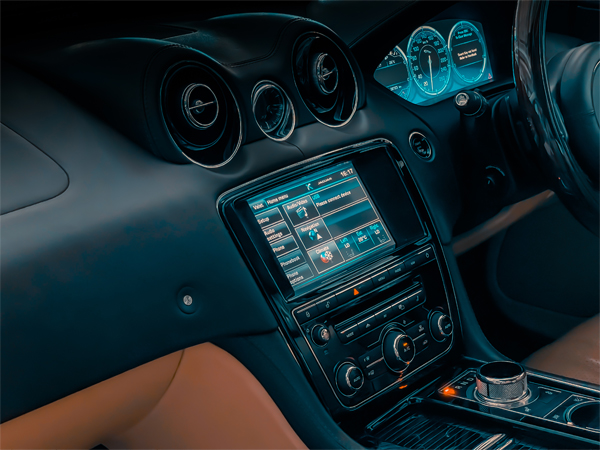Automotive LCD displays are a key component used for information display in modern vehicles, providing a variety of vehicle information and entertainment functions for drivers and passengers.
TFT-LCD display
The most commonly used type of automotive display
Provides high resolution, wide viewing angles, and fast response times
Full color display is supported
OLED display
It is gradually becoming popular among high-end models
Provides higher contrast and a wider color gamut
The emissive nature allows for a true black display
IPS-LCD display
Provides a wider viewing angle
Color reproduction is more accurate
Suitable for center console display

Dashboard display
Replace traditional mechanical instruments
The display layout can be customized
Display vehicle speed, rpm, fuel level, navigation and other information
Center console display
Vehicle infotainment interface
Air conditioning control
Navigation system display
Multimedia playback control
Head-up display (HUD)
Project key information onto the windshield
Reduce the driver's gaze shift
Rear entertainment display
Entertainment for rear passengers
It is usually installed on the back of the seat

Wide operating range: Adapt to extreme temperatures from -30°C to 85°C
High brightness: ensures visibility in direct sunlight (typically over 1000 nits)
Anti-glare treatment: Reduces reflections and improves visibility
Fast response time: Avoid ghosting of moving images
Long-life design: Meets the high reliability requirements of the automotive industry
Trends
Larger size: from 7-8 inches to more than 12 inches
Higher resolutions: Full HD and 4K displays are becoming more common
Curved design: more in line with the streamlined design of the car interior
Touch feedback: Provide a better user experience
Integrate more features: such as gesture control, biometrics, and more
Automotive LCD displays are becoming the core of human-machine interaction in vehicles, and their importance will be further enhanced as autonomous driving technology develops.
